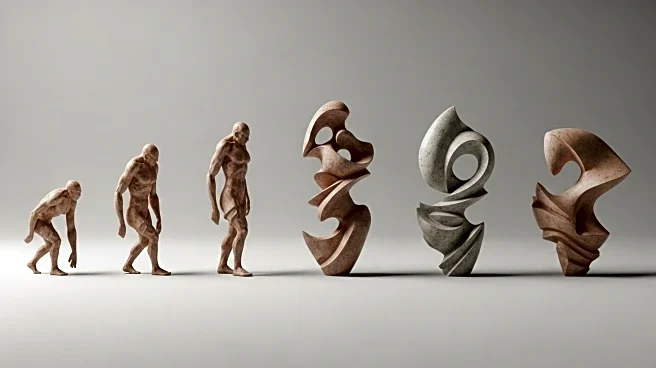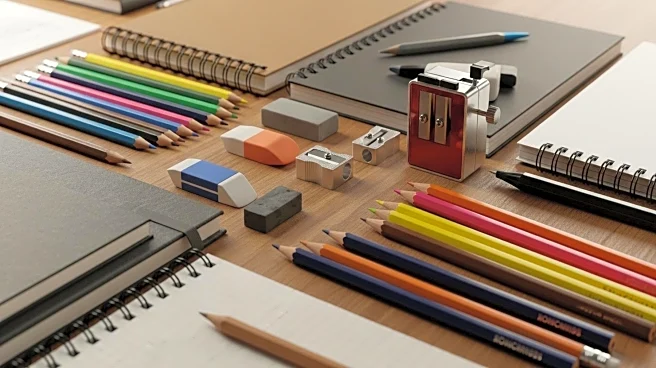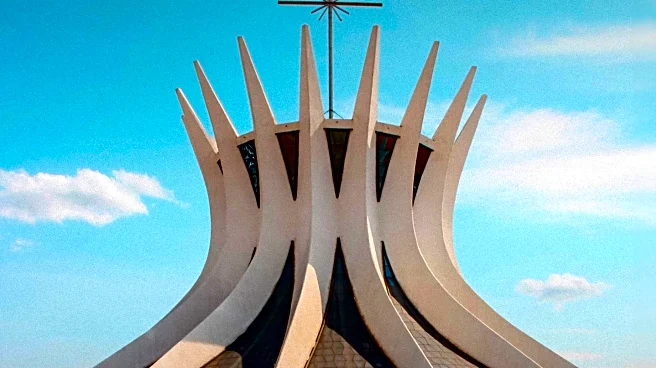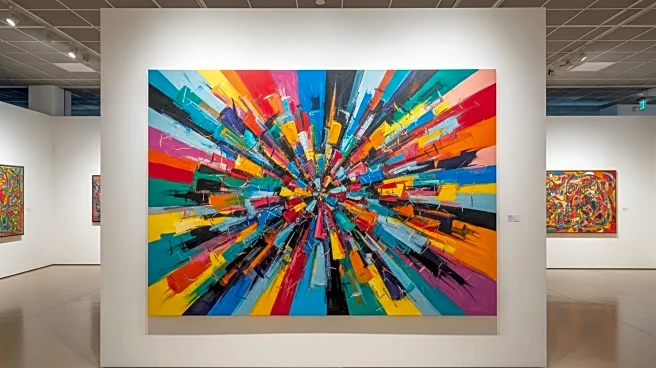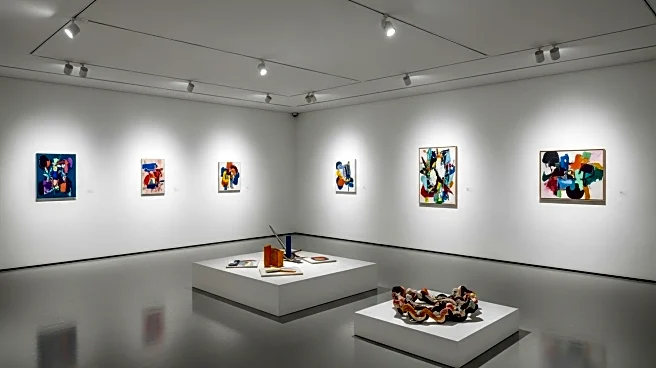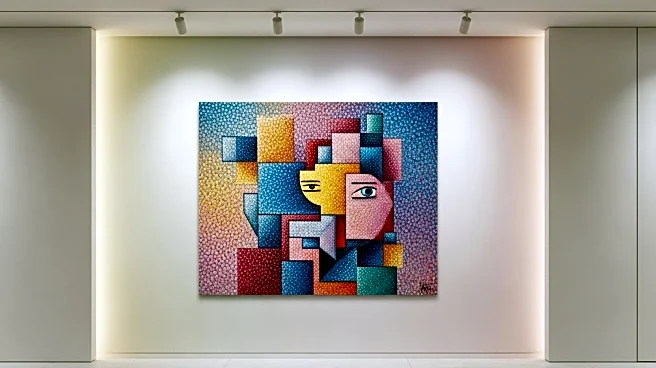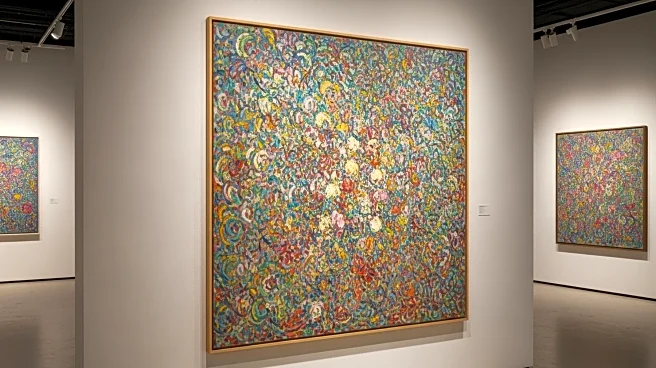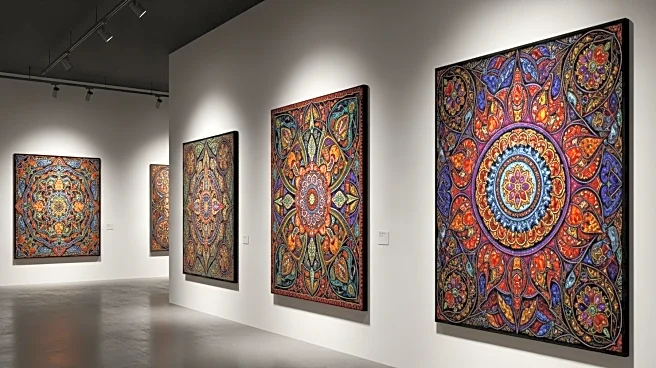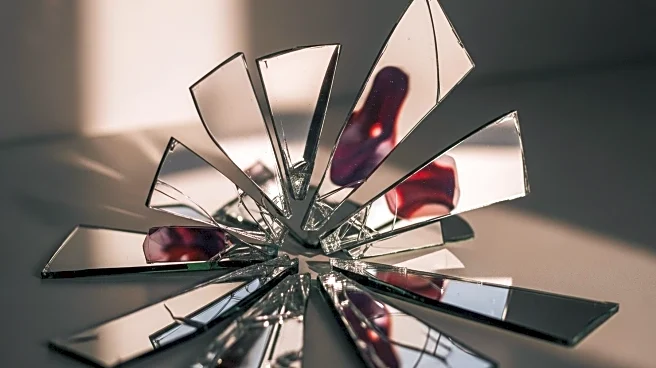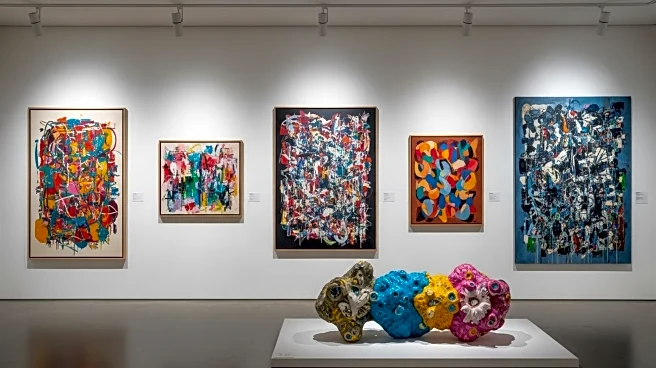Sculpture is a diverse and dynamic art form that encompasses a wide range of styles, materials, and techniques. As a three-dimensional art, it offers unique opportunities for expression and interaction, making it a vital part
of cultural heritage and contemporary art.
Core Facts
Sculpture is defined as a human-made three-dimensional art object. It can be created using various materials, including stone, metal, clay, and modern materials like
plastics and glass. Sculptors, the artists who create sculptures, often employ techniques such as carving, modeling, casting, and assembling.
Notable Details
Throughout history, sculpture has served various
purposes, from religious and commemorative to abstract and environmental. The shift from traditional to modern materials has expanded the possibilities for sculptural expression, allowing artists to explore new forms and concepts.
Comparisons and Contrasts
Sculpture differs from other art forms like painting and drawing in its three-dimensional nature, which allows for interaction with space and light. Unlike paintings, sculptures can be viewed from
multiple angles, offering a more immersive experience.
Key Data Points
The evolution of sculpture has been marked by significant milestones, such as the Renaissance revival of classical techniques and the modern
exploration of abstract forms. Today, sculpture continues to be a dynamic field, with artists pushing the boundaries of creativity and expression.
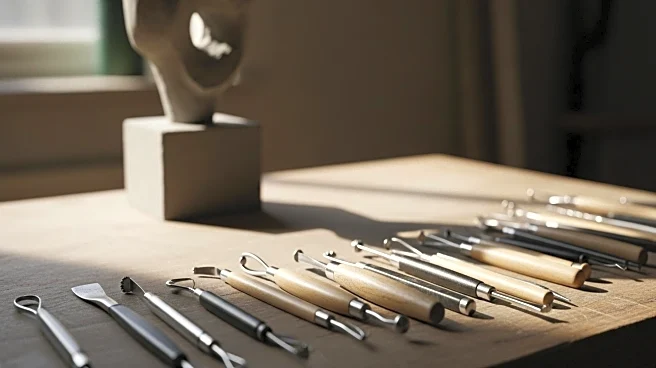
 Discover Daily
Discover Daily 